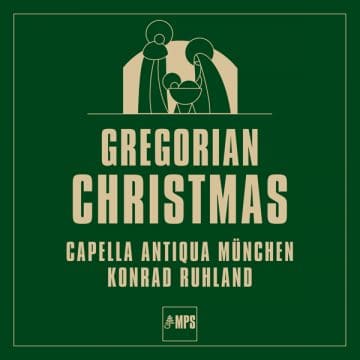Artists
Information
Release Date |
07.06.1994 |
Information
Gregorian chant does more than give fascinating insights into the origins of liturgical music and notation from 650 AD onward: these sublime sounds are admirably suited to moments of reflection and contemplation – making it appropriate that this festive season sees the release of the "Gregorian Christmas" album by Capella Antiqua Munich featuring selected works of plainchant. Founded in Munich in 1951, Capella Antiqua is one of the most important ensembles to have engaged intensively with music from the 13th to the 17th century. The main emphasis of the 9-to-19-strong ensemble, however, is on the Gregorian tradition. The discography of Capella Antiqua contains numerous recordings that are well worth rediscovering; with the addition of Gregorian Christmas, the legendary and authentic Christmas classics of Gregorian chant offer a unique source of pensive and festive music with which to unwind amid the hustle and bustle of the Christmas season.
Read more
The Gregorian chorale is central to the history of music as it evolved in the liturgy of the Western church and amounts to more than the practice of unaccompanied singing in the services of the Roman Catholic church: the fertile foundation of music theory and music performance practice laid by Gregorian liturgy promoted the growth of church music and secular music alike, not least on account of key developments in the field of music notation. Once the ninth-century innovation of marking the texts to be sung with signs (known as neumes) indicating the pitch of the notes had established a trend, various geographical and structural variants emerged, till by the 12th or 13th century a system of lines and notes was in use which essentially corresponds to the notation in use today. Both in its sound and in its history, then, Gregorian chant opens up a revealing picture of how the liturgy evolved.
Artists
Information
Release Date |
07.06.1994 |


